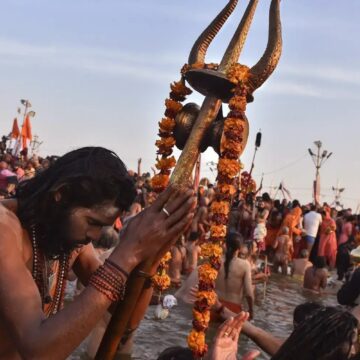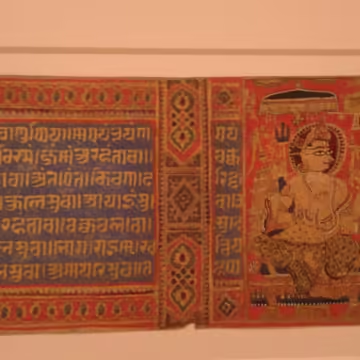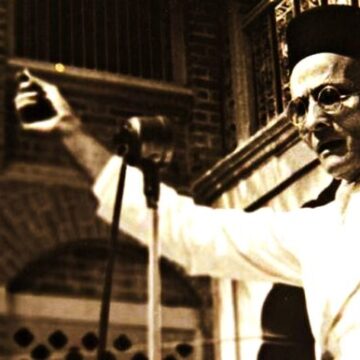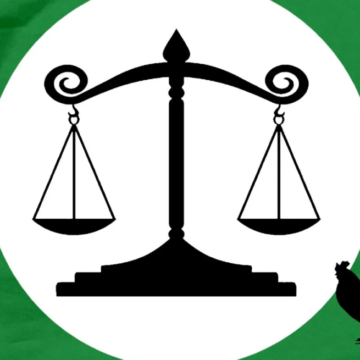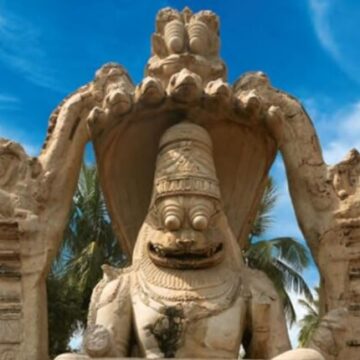Modernity universalizes Enlightenment ideals of equality, recasting Dharmic order as moral failure. But in Dharma, justice lies not in sameness, but in harmony—each being acting in accordance with its Svabhāva and Svadharma. The caste system, far from being a hierarchy of worth, was a framework of reciprocal duty, now misunderstood and maligned through colonial and liberal lenses. True reform lies not in dismantling tradition, but in reclaiming its wisdom with renewed understanding.
Category: <span>PERSPECTIVE</span>
The Ghent School : Promoting a Better Understanding of India
The Ghent School, led by Prof. Balagangadhara, challenges colonial narratives that have shaped India's understanding of religion, caste, and culture. It argues that India's traditions differ fundamentally from Western religious frameworks, emphasizing rituals over doctrinal beliefs. The school advocates for decolonizing Indian social sciences by rediscovering indigenous perspectives and rejecting imposed categorizations. By understanding India's traditions on their own terms, it proposes a more nuanced approach to multiculturalism and identity.
A Scientific Perspective on Mahakumbh
At the Triveni Sangam in Prayagraj, where the Ganga, Yamuna, and the mystical Saraswati converge, the Kumbh Mela unfolds as a grand experiment in collective consciousness. This ancient gathering, rooted in Hindu lore, integrates sophisticated scientific principles, from astronomical cycles to fluid dynamics. The 2025 Mahakumbh Mela exemplifies this blend, with AI-powered crowd management and real-time navigation tools enhancing the experience for millions of pilgrims. This convergence of science and spirituality not only preserves cultural heritage but also fosters a sense of unity and shared purpose, inviting both spiritual seekers and scientific minds to explore its depths.
Decolonising the Indian Education System – Why Our Approach is Flawed
Recent efforts to decolonise the Indian education system, particularly through rewriting NCERT textbooks, focus on reclaiming India's intellectual heritage by infusing indigenous knowledge into the curriculum. However, merely altering content without changing the deeper intellectual foundations upon which it rests will only result in superficial change. True decolonisation demands a shift from western frameworks of how we teach, learn and evaluate knowledge, to genuinely embrace India's philosophical and cultural traditions at every level of education.
Search for Savarkarite Conservatism
Was Vinayak Damodar Savarkar a conservative? Exploring this question, this article by Chandravir Pandey delves into Savarkar's concept of Hindutva, and its alignment with conservative principles. The essay also examines the paradoxes in labeling Savarkar a conservative, given his revolutionary zeal and progressive ideas.
Vegetarianism, Animal Cruelty, and Slippery Discourses
In this article, Dr. Pingali Gopal explores the unequal and complicated relationship between humans and animals, delving into the complexities of meat consumption, animal abuse and the varied definitions and perceptions surrounding them. The author contrasts the extensive use and exploitation of animals in the modern world with perspectives from Dharmic traditions. He presents the views of Swami Vivekananda and Ramana Maharishi on the subject to illustrate the nuanced stance of Dharma on the subject.
Disarming Propaganda: Some Lessons on Survival, Revival, and Hope
Professor Vamsee Juluri dicusses the impact of media during Indian elections and the resurgence of Hindu culture, tackling issues of propaganda and polarization. He emphasizes the significance of media literacy, cultural ownership, and constructive engagement to preserve cultural integrity. His insights cover disarming propaganda, post-2024 Election strategies for survival and revival, and details about the new edition of "Rearming Hinduism."
How did the Longest Resisters to Inter-Civilizational Propaganda in History Become Cluelessly Coopted in Just 2-3 Generations?
The article traces Hinduism's resistance to propaganda, from historical conquests to modern challenges, urging parents to engage critically with changing narratives and preserve cultural identity amidst global shifts.
Dharmik View on Human Birth and Grihastha Ashrama
Shashank Poddar throws light on the shastrik view and importance of grihashta ashrama in this beautifully researched piece.
The Significance of the Bhakt and Bhakti in Hinduism
Bhakti, as a profound spiritual path within Hinduism, encompasses the deep love, devotion, and surrender to the divine. While the term "Bhakt" has gained popularity in political contexts, its use as a label for followers of a particular leader is objectionable as it trivializes the spiritual essence of Bhakti.



